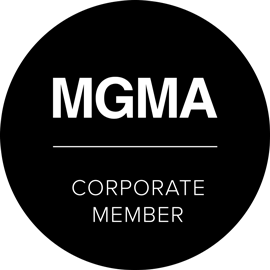A shortage of primary care physicians, growing competition from retail clinics and increased economic pressures have many family practices exploring the potential of the medical home model to make more efficient use of medical practice resources. Adding to their burden is increased government regulation, particularly new HIPAA compliance regulations and documentation and reporting requirements associated with coming implementation of the Affordable Care Act, popularly known as Obamacare.
By augmenting physician office visits with comprehensive home-based care provided by nurse practitioners and other medical personnel, the medical home model has the potential to revolutionize healthcare delivery in the United States. Many believe that the medical home model will prove most effective in increasing the quality and efficiency of preventive and follow-up patient care, particularly in the management of chronic diseases. With the baby boomer generation entering its senior years, medical care associated with chronic disease management is taking an increasing bite out of primary care resources, a trend that is expected to continue well into the next decade.
Among the greatest challenges medical practices face in implementing the medical home model are providing secure communications between both medical team members and between the team and the patient and ensuring that patient information is protected in accordance with HIPAA regulations. Utilizing medical practice partners like MedConnectUSA that already have HIPAA-compliant secure messaging services in place can help physicians and medical practice staff successfully meet those challenges and smooth implementation of the medical home model.
Visit our website for more information about MedConnectUSA’s new miSecureMessages paging and messaging application and encrypted HIPAA Hitech Secure Messaging app for smartphones.





